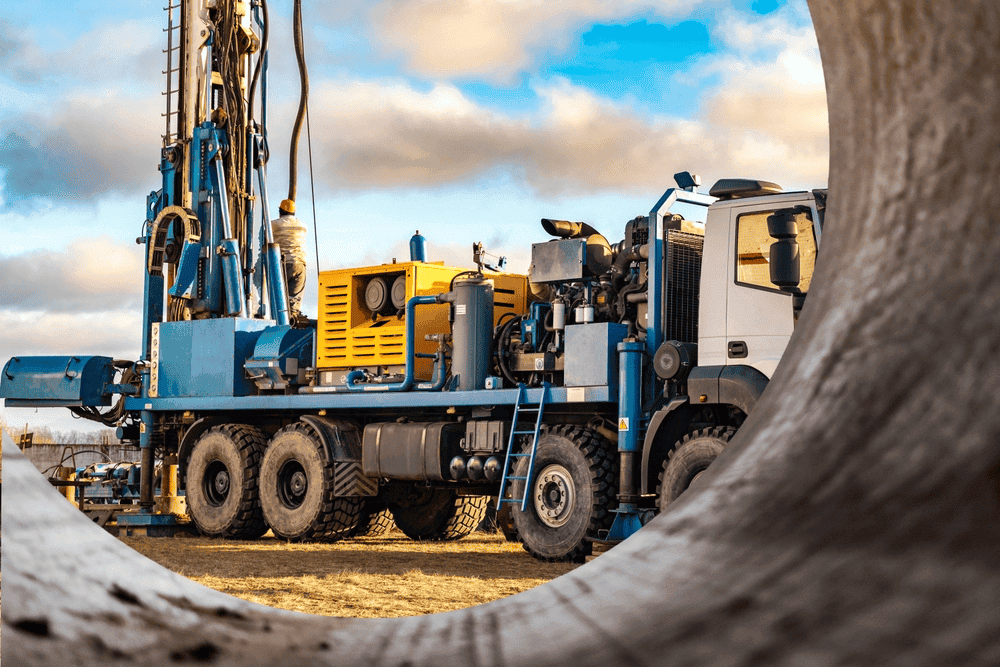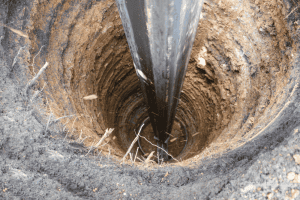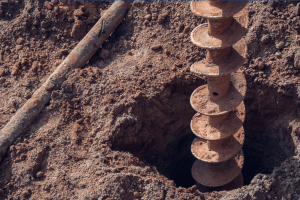If it’s borewells, then it has to be only, Prem Bore Well – Chennai’s number one choice…

Hand drilling borewells, also known as manual or traditional borewell drilling, is a method employed for accessing groundwater in regions where mechanized drilling equipment may not be readily available or economically feasible. This technique has been used for centuries, and despite technological advancements, it remains a vital means of obtaining water in remote and resource-constrained areas. In this article, we’ll explore what hand drilling borewells are, their benefits, the process involved, and their significance in water-scarce regions.
Hand drilling borewells involve the manual excavation of a narrow hole into the Earth’s crust to reach underground aquifers and tap into a source of groundwater. The primary objective is to access clean and potable water for various domestic, agricultural, and industrial purposes. Unlike mechanized drilling, which uses heavy machinery, hand drilling relies on human labor and relatively simple tools.

Site Selection: The first step in hand drilling borewells is selecting an appropriate location, often based on geological surveys and local knowledge of groundwater availability.
Tools and Equipment: Hand drilling requires basic tools such as augers, drilling rods, chisels, hammers, and rope. These tools are used to manually dig and remove soil and rock from the borehole.
Manual Drilling: Workers use these tools to drill into the ground, removing material as they progress. The process can be labor-intensive and time-consuming, as workers may need to dig several meters to reach the water table.
Casing Installation: To prevent contamination and the collapse of the borehole, casing pipes are inserted into the well. These pipes are typically made of PVC or steel and are designed to protect the well from external elements.
Well Development: After reaching the desired depth, the well is developed by flushing out sediments and debris using a bailer or pump.

Cost-Effective: Hand drilling is often more affordable than mechanized drilling, making it a viable option for communities with limited financial resources.
Local Employment: Hand drilling projects create employment opportunities for local laborers, contributing to economic development in the region.
Versatility: Hand drilling can be employed in remote and inaccessible areas where heavy machinery cannot reach.
Sustainable: It promotes self-reliance and community involvement in water resource management.
In water-scarce regions, hand drilling borewells play a critical role in providing access to clean water for drinking, irrigation, and livestock. They empower communities to become more self-sufficient in water supply, reducing their dependency on external sources. Moreover, these wells are often the only viable option in areas where groundwater is shallow or where mechanized drilling is impractical.
Hand drilling techniques have been employed for centuries across diverse industries, from mining and construction to water well drilling and archaeological excavations. These methods rely on human effort and simple tools to bore holes or extract materials from the earth. In this technical article, we will delve into different types of hand drilling techniques, exploring their applications, advantages, and limitations.
Application: Manual auger drilling is widely used in soil sampling, geological surveys, and shallow well construction. It’s also used for digging post holes and tree planting.
Advantages: This technique is relatively easy to operate and does not require extensive physical strength. It is suitable for softer soils and can achieve moderate depths.
Limitations: Manual auger drilling may struggle in hard or rocky terrain. It’s not suitable for deep boreholes.
Hand drilling borewells represent a time-tested method for accessing groundwater in resource-constrained regions. While modern technology has introduced mechanized drilling, the simplicity, affordability, and community involvement associated with hand drilling make it a valuable approach in the quest for water security. As we continue to address global water challenges, it is crucial to recognize the importance of preserving and supporting traditional methods like hand drilling borewells.
Application: Percussion drilling involves repeated hammering or pounding on a chisel or drill bit to break rock or concrete. It’s commonly used in mining, tunnel construction, and geological investigations.
Advantages: Percussion drilling is effective in hard materials, and it can reach considerable depths when combined with skilled operators.
Limitations: It requires significant physical effort and can be slow. It’s best suited for breaking rocks rather than creating precise holes.
Application: Hand-cranked drills are used in woodworking, metalworking, and small-scale construction. They are also found in antique hand drills.
Advantages: Hand-cranked drills offer precise control and are suitable for creating holes in various materials.
Limitations: They require continuous manual effort, making them less efficient for large-scale projects.
Application: Bow drilling is an ancient method used for fire-starting, as well as drilling holes in wood, bone, and other materials.
Advantages: It is a versatile technique that can be used in various environments. It’s known for its use in primitive fire-making.
Limitations: Bow drilling can be slow and physically demanding, making it unsuitable for most industrial applications.
Application: Archaeological hand excavation involves delicate digging and scraping to uncover artifacts and structures in historical sites.
Advantages: This method allows archaeologists to carefully preserve and document finds without damaging them.
Limitations: It is labor-intensive and time-consuming but necessary for preserving historical context.
Application: Hand-pushed soil probes are used in soil sampling and environmental assessments.
Advantages: They provide a non-invasive means of collecting soil samples for analysis.
Limitations: These probes are limited to shallow depths and may not be suitable for hard or compacted soils.
Hand drilling techniques are a testament to human ingenuity, adaptability, and resourcefulness. While modern technology has largely replaced these methods in many industrial applications, they still find relevance in specific contexts where precision, simplicity, or the absence of machinery are essential. Understanding these various hand drilling techniques can inform decisions on the most suitable approach for different tasks, ensuring efficient and effective outcomes.
If you are looking for a highly renowned Hand drilling borewell company in Chennai that can take care of all the activities under one roof?
© 2024 Prem Borewell All Right Reserved. Designed & Developed by
 Innov Touch Technologies Pvt Ltd.
Innov Touch Technologies Pvt Ltd.